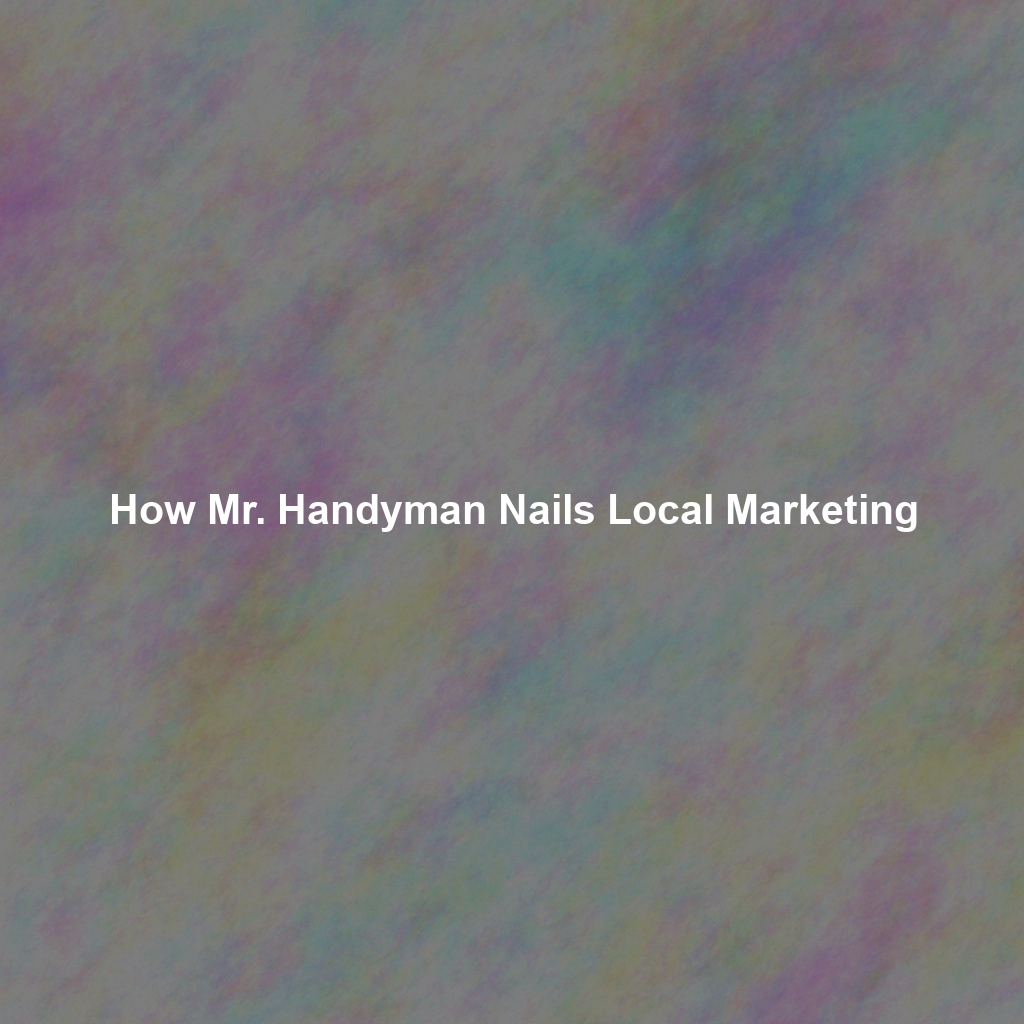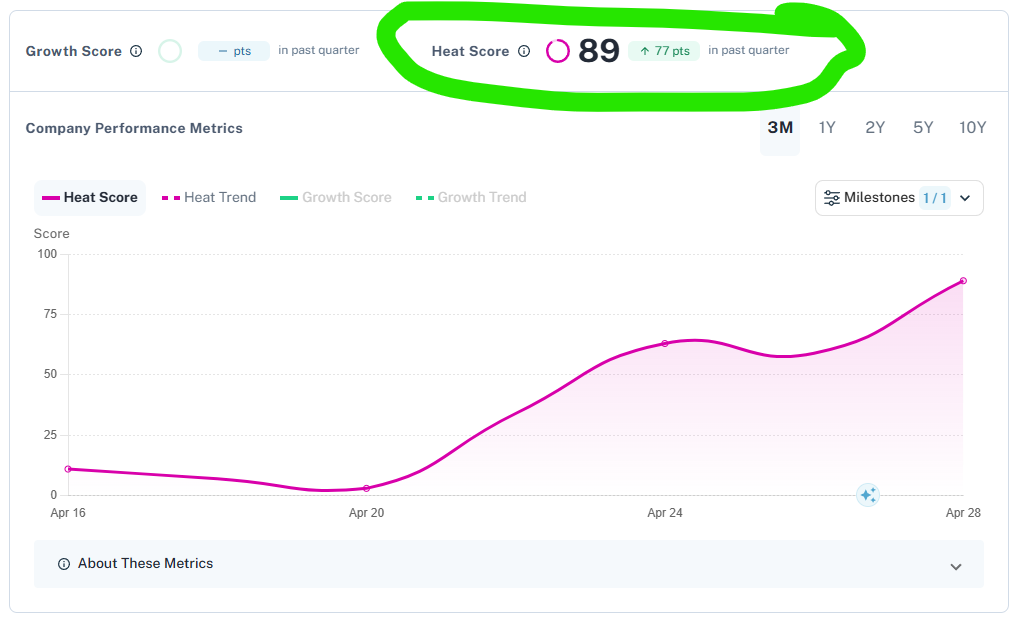The Silent Sales Killer: Why Your Product Name Might Be Costing You Money
Imagine pouring your heart and soul into developing an innovative product. You’ve perfected the design, rigorously tested its functionality, and crafted a compelling marketing campaign. But despite all your efforts, sales remain stubbornly low. What went wrong? The answer might lie in something seemingly simple: your product’s name.
In the cutthroat world of commerce, a product’s name is often the first (and sometimes only) impression it makes on potential customers. A poorly chosen name can create confusion, alienate your target audience, and ultimately, tank your sales. Product naming isn’t just a creative exercise; it’s a crucial business decision that directly impacts your bottom line. Let’s delve into some of the most common product naming blunders and how to avoid them.
1. The Confusion Conundrum: Names That Don’t Explain
A product name should, at a minimum, provide some clue as to what the product actually is. Ambiguous or overly clever names, while perhaps sounding sophisticated in the boardroom, can leave customers scratching their heads. If potential buyers can’t figure out what your product does without extensive explanation, you’ve already lost a significant portion of your audience.
The Problem: Vague names create a barrier to entry. Consumers are bombarded with choices, and they’re more likely to gravitate towards products they immediately understand. A confusing name forces them to invest time and effort in deciphering your offering, time and effort they’re often unwilling to spend.
The Solution: Prioritize clarity over cleverness. Consider incorporating descriptive keywords that hint at the product’s function or benefit. Conduct user testing to gauge whether your target audience understands the name intuitively. Ask yourself: if someone saw this name on a shelf (or a website), would they have a reasonable idea of what the product is?
2. The Generic Graveyard: Blending Into the Background
In a crowded marketplace, standing out is essential. A generic product name, one that could apply to virtually any similar product, fails to differentiate your offering and makes it invisible to potential customers.
The Problem: Generic names lack memorability and create no brand identity. They essentially turn your product into a commodity, forcing you to compete solely on price, a race to the bottom that’s rarely sustainable.
The Solution: Inject some personality and uniqueness into your product name. Research your competitors to identify naming trends in your industry and then actively avoid them. Brainstorm names that are distinctive, memorable, and reflective of your brand’s values or unique selling proposition. Think about incorporating elements that set your product apart, such as its key features, target audience, or origin story.
3. The Mispronunciation Maze: Names That Trip Off the Tongue (Incorrectly)
A name that’s difficult to pronounce or spell can be a marketing nightmare. Word-of-mouth marketing becomes challenging, online searches become inaccurate, and the overall brand experience suffers.
The Problem: Difficulty in pronunciation leads to frustration and embarrassment for customers. Imagine recommending a product to a friend but being unsure how to say its name correctly. This creates a barrier to conversation and hinders organic promotion.
The Solution: Keep it simple and pronounceable. Opt for names that are easy to say and spell in your target market’s language. Test your name with a diverse group of people and listen carefully to how they pronounce it. If you notice consistent mispronunciations, it’s a sign that you need to reconsider your choice. Also, be aware of potential homophones (words that sound alike but have different meanings) that could lead to confusion.
4. The Cultural Catastrophe: Ignoring Global Implications
If you’re planning to sell your product internationally, it’s crucial to consider the cultural connotations of your product name in different languages and regions. A name that sounds perfectly innocuous in one culture could be offensive, humorous, or simply nonsensical in another.
The Problem: Cultural insensitivity can lead to significant brand damage and lost sales in international markets. A mistranslated name can be perceived as disrespectful, alienating potential customers and undermining your brand’s credibility.
The Solution: Conduct thorough linguistic and cultural research before launching your product in new markets. Hire professional translators and cultural consultants to ensure that your product name doesn’t have any unintended negative meanings or associations. Consider using a global naming agency that specializes in cross-cultural branding.
5. The Negative Association Nightmare: Names That Evoke Unwanted Feelings
The emotional response a product name evokes is just as important as its literal meaning. A name that reminds people of something negative, unpleasant, or controversial can be a major turnoff.
The Problem: Negative associations create subconscious resistance to your product. Even if the product itself is excellent, the negative connotations of its name can make people hesitant to purchase it.
The Solution: Conduct thorough market research to identify any potential negative associations with your chosen name. Consider the historical context, current events, and cultural sensitivities that might influence people’s perceptions. Focus on creating a name that evokes positive emotions, such as trust, reliability, innovation, or excitement.
6. The Trademark Trap: Failing to Protect Your Brand
Choosing a product name without first checking its availability can lead to costly legal battles down the road. Using a name that’s already trademarked by another company can result in cease-and-desist orders, lawsuits, and the need to rebrand your product entirely.
The Problem: Trademark infringement can be extremely expensive and time-consuming. It can damage your brand’s reputation and disrupt your business operations.
The Solution: Conduct a thorough trademark search before settling on a product name. Consult with a trademark attorney to ensure that your chosen name is available and protectable in your target markets. Register your trademark to safeguard your brand and prevent others from using a similar name.
7. The Trendy Time Bomb: Names That Date Quickly
While it’s tempting to jump on the latest naming trends, doing so can be a risky move. A name that’s popular today might sound outdated and irrelevant in a few years.
The Problem: Trendy names have a limited shelf life. As trends fade, your product name can become associated with a specific era or style, making it seem less appealing to future generations of customers.
The Solution: Opt for timeless names that will remain relevant and appealing over the long term. Focus on names that are grounded in your brand’s core values and that reflect the enduring benefits of your product. Avoid using slang, buzzwords, or references to current events that might quickly become outdated.
8. The “Me Too” Mistake: Copying Competitors
Imitating a competitor’s product name, even subtly, can be a sign of weakness and a shortcut to brand obscurity. Customers will likely associate your product with the more established brand, making it difficult for you to gain traction in the market.
The Problem: Copycat names lack originality and create confusion in the minds of consumers. They undermine your brand’s credibility and make it difficult to differentiate your product from the competition.
The Solution: Strive for originality and create a name that’s uniquely yours. Focus on highlighting the specific benefits and features that set your product apart from the competition. Conduct thorough market research to ensure that your chosen name doesn’t bear too close a resemblance to any existing brands in your industry.
9. The Lengthy Lament: Names That Are Too Long
Long and convoluted product names are difficult to remember, pronounce, and incorporate into marketing materials. They can also be problematic for online searches and domain name registration.
The Problem: Lengthy names create cognitive overload and make it difficult for customers to recall your product. They also make it harder to create a concise and memorable brand identity.
The Solution: Keep it short and sweet. Aim for a product name that’s easy to remember, pronounce, and spell. Ideally, your name should be no more than two or three words long. Focus on conveying the essence of your product in a concise and impactful way.
10. The Lack of Testing: Launching Without Validation
One of the biggest mistakes companies make is launching a product with a name that hasn’t been properly tested with the target audience. This can lead to unforeseen negative reactions and missed opportunities.
The Problem: Failing to test your product name can result in costly rebranding efforts down the line. It’s much easier and more effective to validate your name with potential customers before launch than to try to fix a poorly chosen name after it’s already been released.
The Solution: Conduct thorough market research and user testing to gauge the effectiveness of your chosen name. Gather feedback from your target audience on its clarity, memorability, and overall appeal. Use A/B testing to compare different name options and identify the one that resonates most strongly with potential customers.
Conclusion: Naming is a Strategic Imperative
Choosing the right product name is an art and a science. By avoiding these common pitfalls and investing the time and effort to create a compelling and effective name, you can significantly improve your product’s chances of success. Remember, your product name is more than just a label; it’s a powerful marketing tool that can drive sales, build brand awareness, and ultimately, determine your company’s destiny. Choose wisely!





Leave a Reply